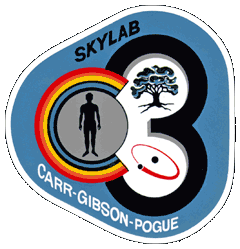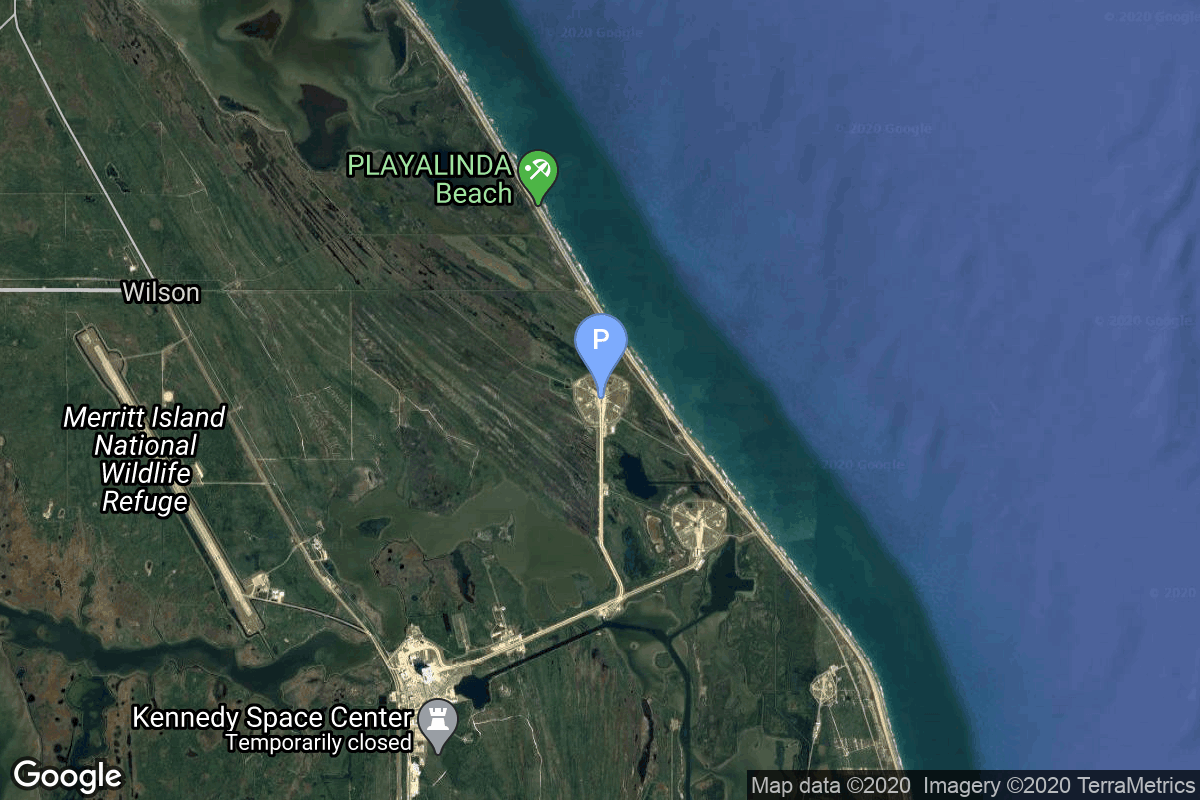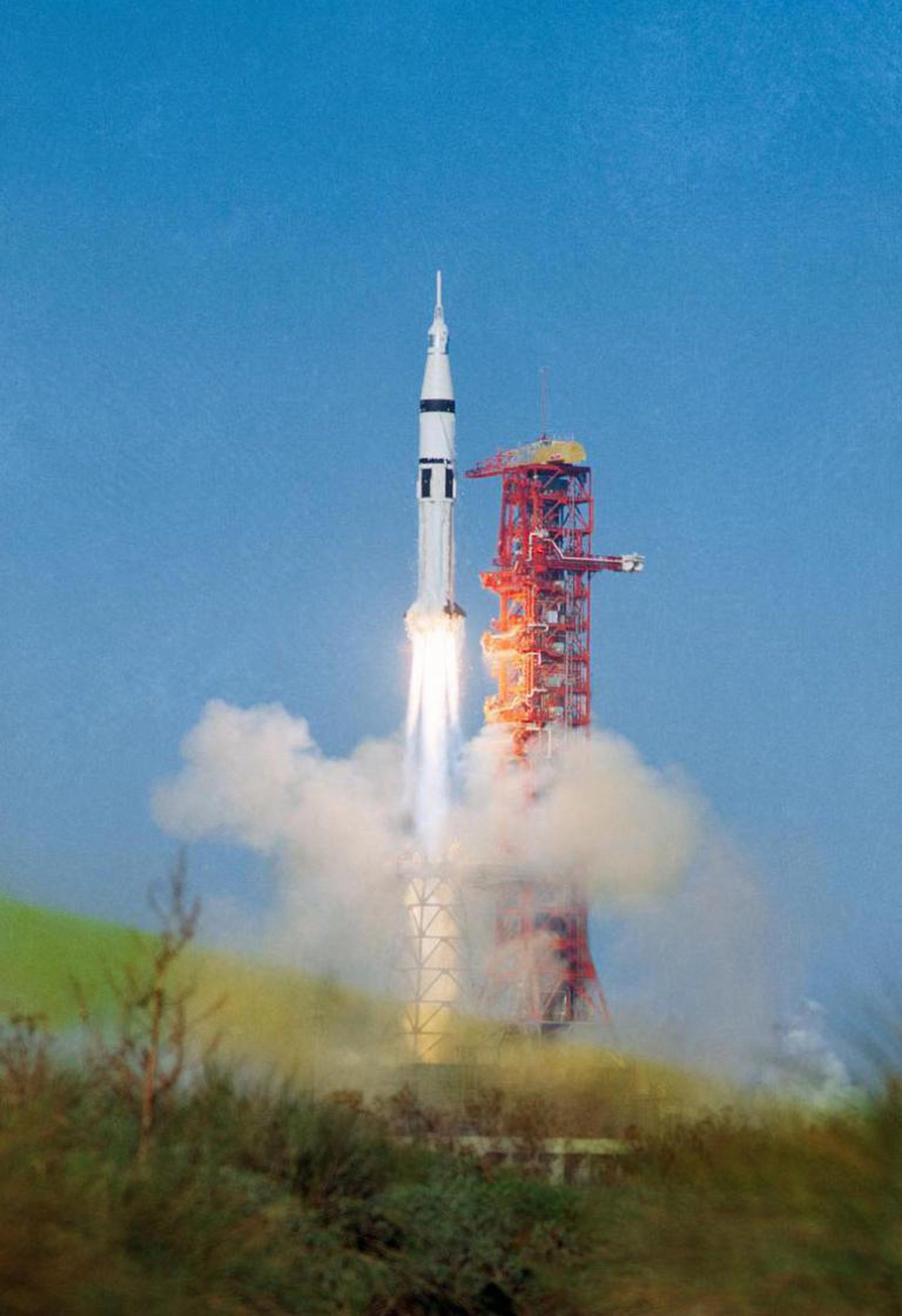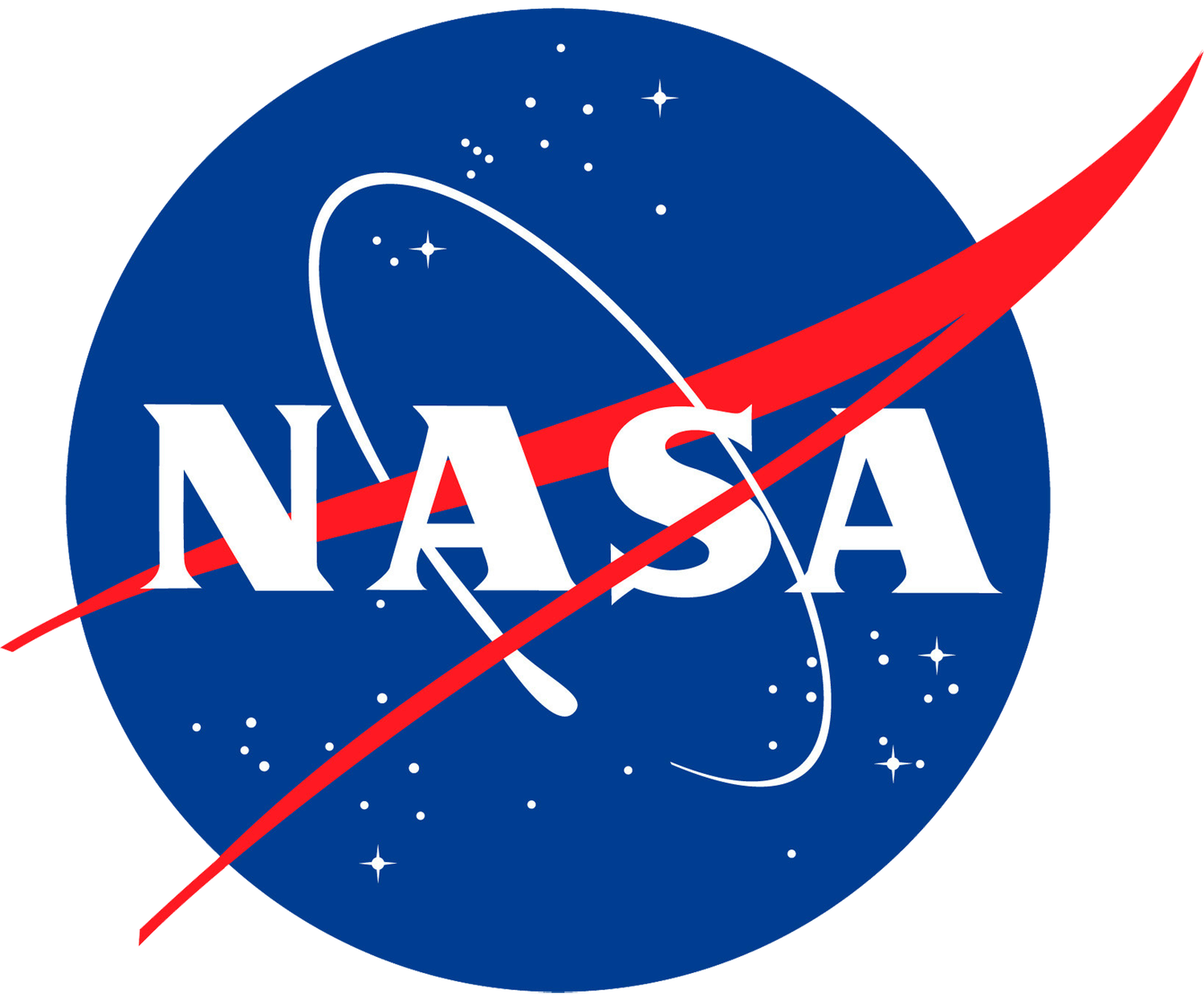Skylab 4
Saturn IB
National Aeronautics and Space Administration
Crew
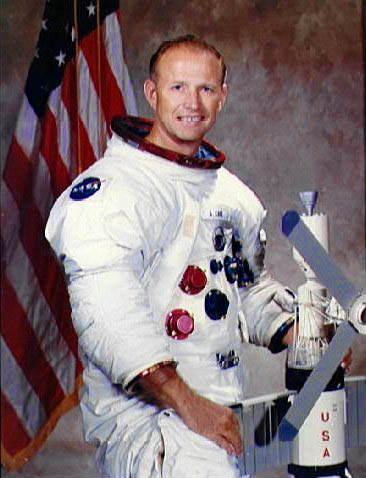
Gerald P. Carr
- Birthday: 08/22/1932
- Role: Commander
- Nationality: American
- First Flight: 11/16/1973
- Last Flight: 11/16/1973
Gerald Paul Carr was an American mechanical and aeronautical engineer, former United States Marine Corps officer, naval aviator, and former NASA astronaut. He was Commander of Skylab 4, the third and final manned visit to the Skylab Orbital Workshop, from November 16, 1973 to February 8, 1974.
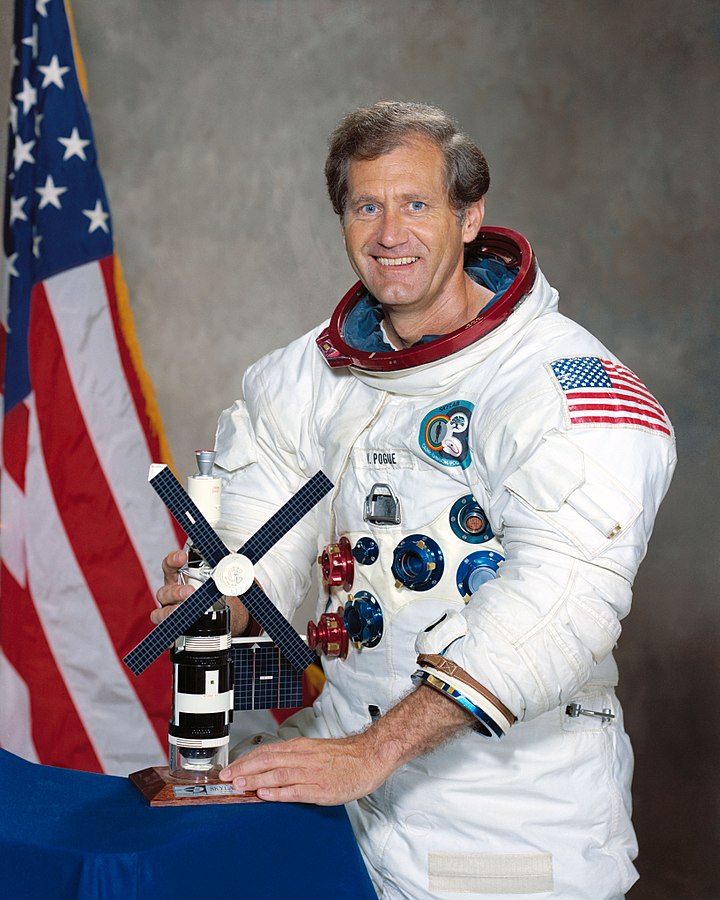
William R. Pogue
- Birthday: 01/23/1930
- Role: Pilot
- Nationality: American
- First Flight: 11/16/1973
- Last Flight: 11/16/1973
William Reid Pogue was an American astronaut, U.S. Air Force fighter pilot, and test pilot who was also an accomplished teacher, public speaker and author.
Born and educated in Oklahoma, Pogue graduated from college and enlisted in the United States Air Force, in which he served for 24 years. He flew combat during the Korean War, and with the elite USAF Thunderbirds. He served as a flight instructor and mathematics professor, and was a versatile test pilot, including two years in an exchange with the RAF (UK).
Colonel Pogue was an Air Force instructor when accepted into NASA in 1966. His astronaut career included one orbital mission, as pilot of the last crew of Skylab. The crew set a duration record (84 days) that was unbroken in NASA for over 20 years, and in orbit they conducted dozens of research experiments. The mission was also noted for a dispute with ground control over schedule management that news media named “The Skylab Mutiny”.
Pogue retired from both the USAF and NASA a few months after he returned from Skylab. Over the next 30 plus years he taught, lectured, consulted, and wrote about aviation and aeronatics, in the US and abroad. He died in 2014, age 84, survived by three children, four stepsons, and his third wife.
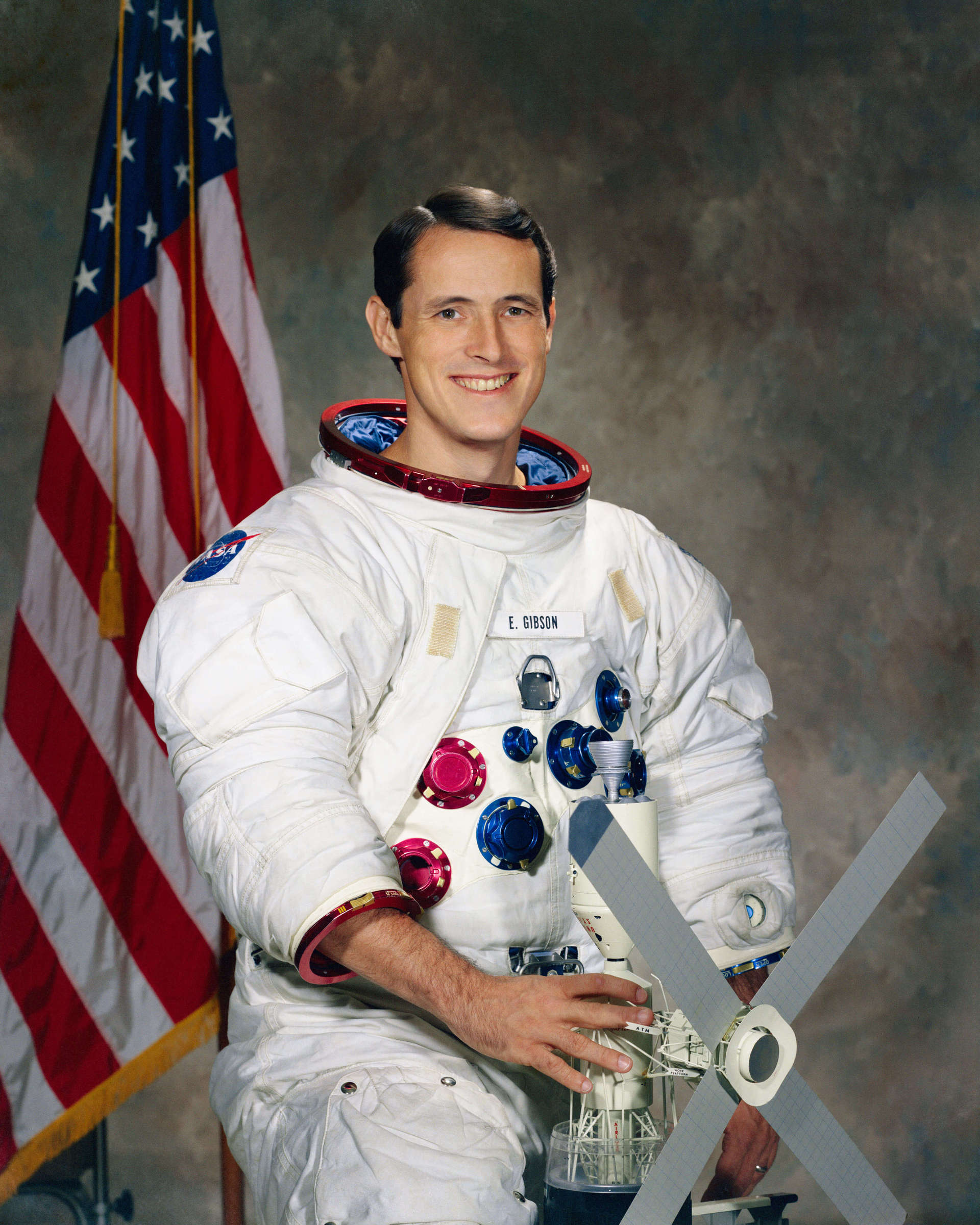
Edward Gibson
- Birthday: 11/08/1936
- Role: Science Pilot
- Nationality: American
- First Flight: 11/16/1973
- Last Flight: 11/16/1973
Edward George Gibson is a former NASA astronaut, pilot, engineer, and physicist.
Before becoming a NASA astronaut, Gibson graduated from the University of Rochester and the California Institute of Technology. He became a research assistant in jet propulsion while completing his studies and eventually became a research scientist for Philco Corporation until joining NASA.
Gibson was selected as an astronaut by NASA in 1965 as part of Astronaut Group 4, the first group of scientist-astronauts. He served on the support crew of Apollo 12 before moving on to work on the development of the Skylab space station. In 1973–74, Gibson made his first and only flight into space as science pilot aboard Skylab 4, the third and final manned flight to Skylab. He, along with Commander Gerald Carr and Pilot William Pogue, spent just over 84 days in space. Gibson resigned from NASA in December 1974, but returned in 1977 to preside over the selection of scientist-astronaut candidates. Gibson retired from NASA for the last time in October 1982.
Mission
Skylab 4
- Type: Human Exploration
- Orbit: Low Earth Orbit
Skylab 4 (also known as SL-4 or SLM-3) was the third and the last crewed mission to the first US orbital space station Skylab. The mission began on November 16, 1973, 14:01:23 UTC with the launch of a three-person crew. Crew members were the Commander Gerald P. Carr, Science Pilot Edward G. Gibson and William R. Pogue. During their 83-day stay on the station, crew performed Earth and solar observations. The mission ended successfully with the splashdown in the Pacific Ocean on February 8, 1974, 15:16:53 UTC.
Location
Rocket
National Aeronautics and Space Administration Saturn IB
The Saturn IB (pronounced “one B”, also known as the Uprated Saturn I) was an American launch vehicle commissioned by the National Aeronautics and Space Administration (NASA) for the Apollo program. It replaced the S-IV second stage of the Saturn I with the much more powerful S-IVB, able to launch a partially fueled Apollo Command/Service Module (CSM) or a fully fueled Lunar Module (LM) into low Earth orbit for early flight tests before the larger Saturn V needed for lunar flight was ready.
Agency
National Aeronautics and Space Administration
The National Aeronautics and Space Administration is an independent agency of the executive branch of the United States federal government responsible for the civilian space program, as well as aeronautics and aerospace research. NASA have many launch facilities but most are inactive. The most commonly used pad will be LC-39B at Kennedy Space Center in Florida.
